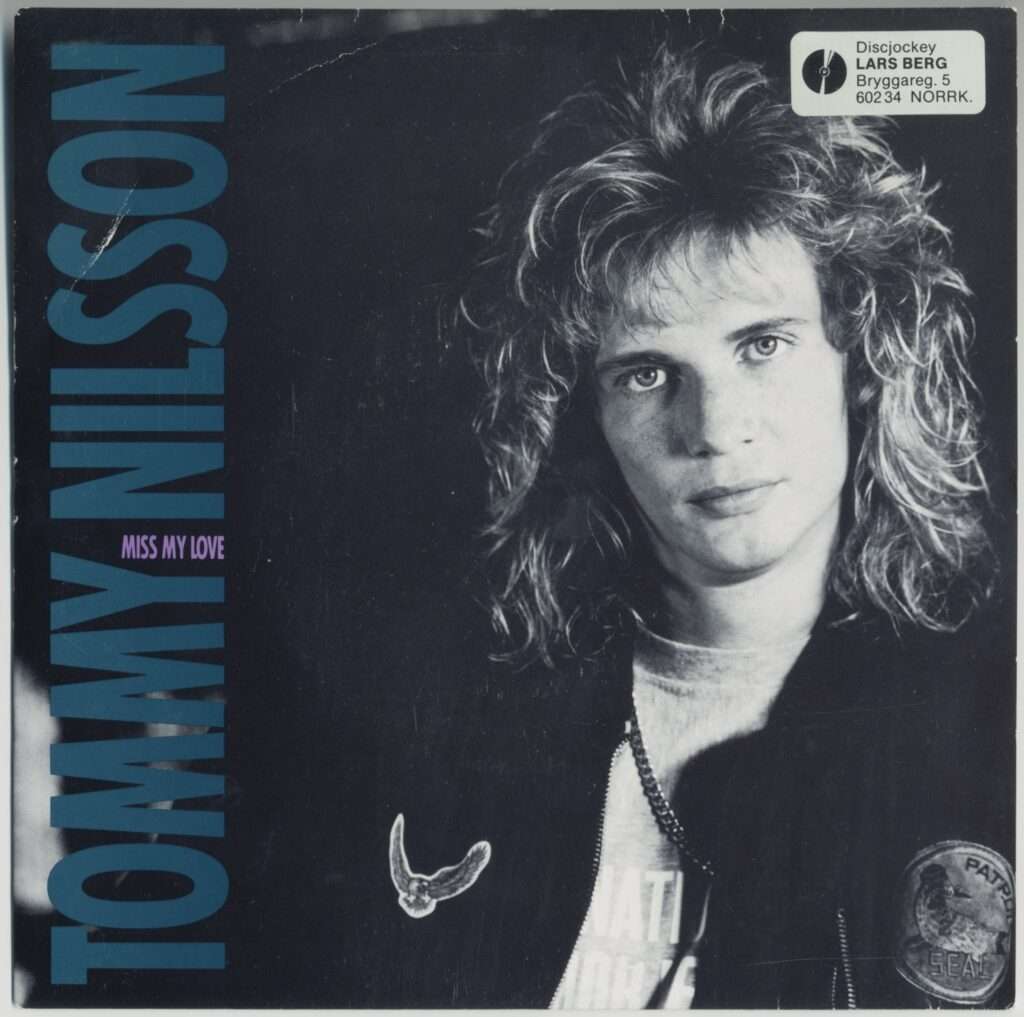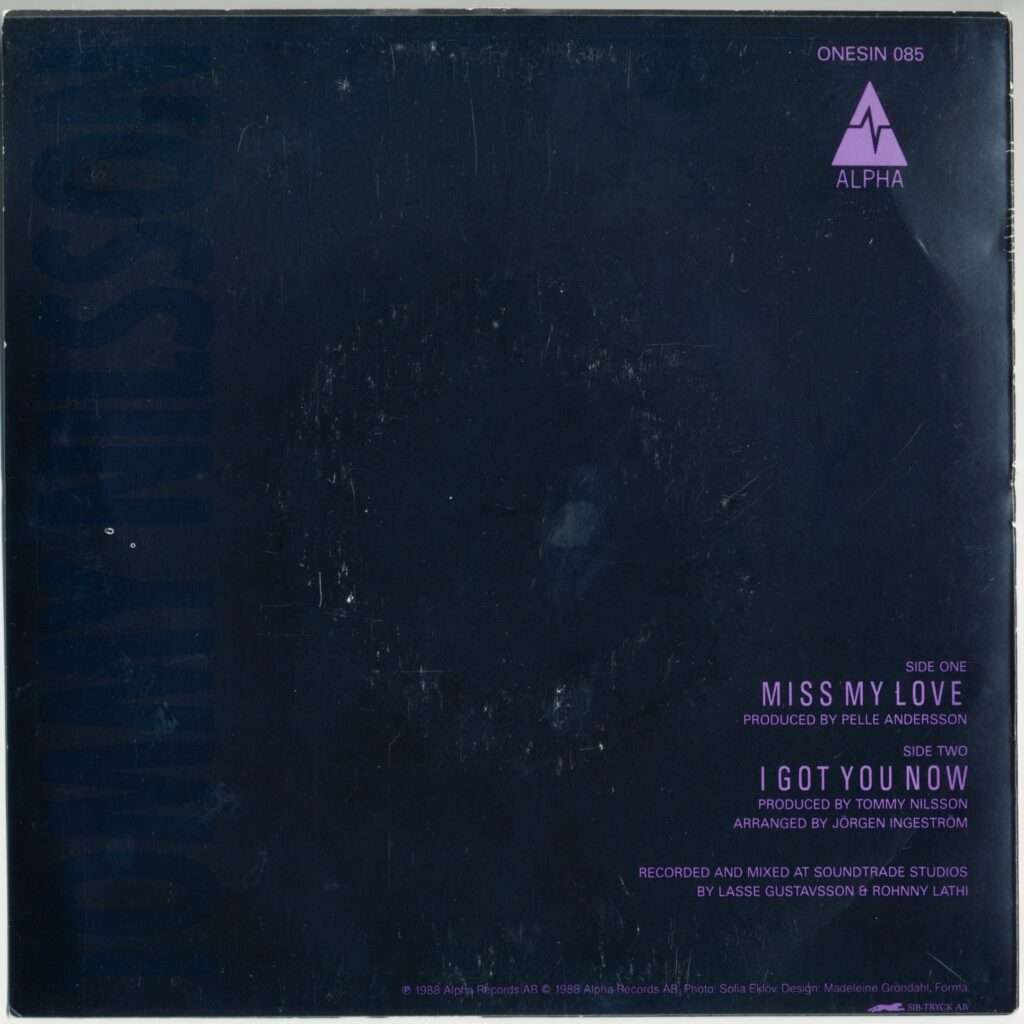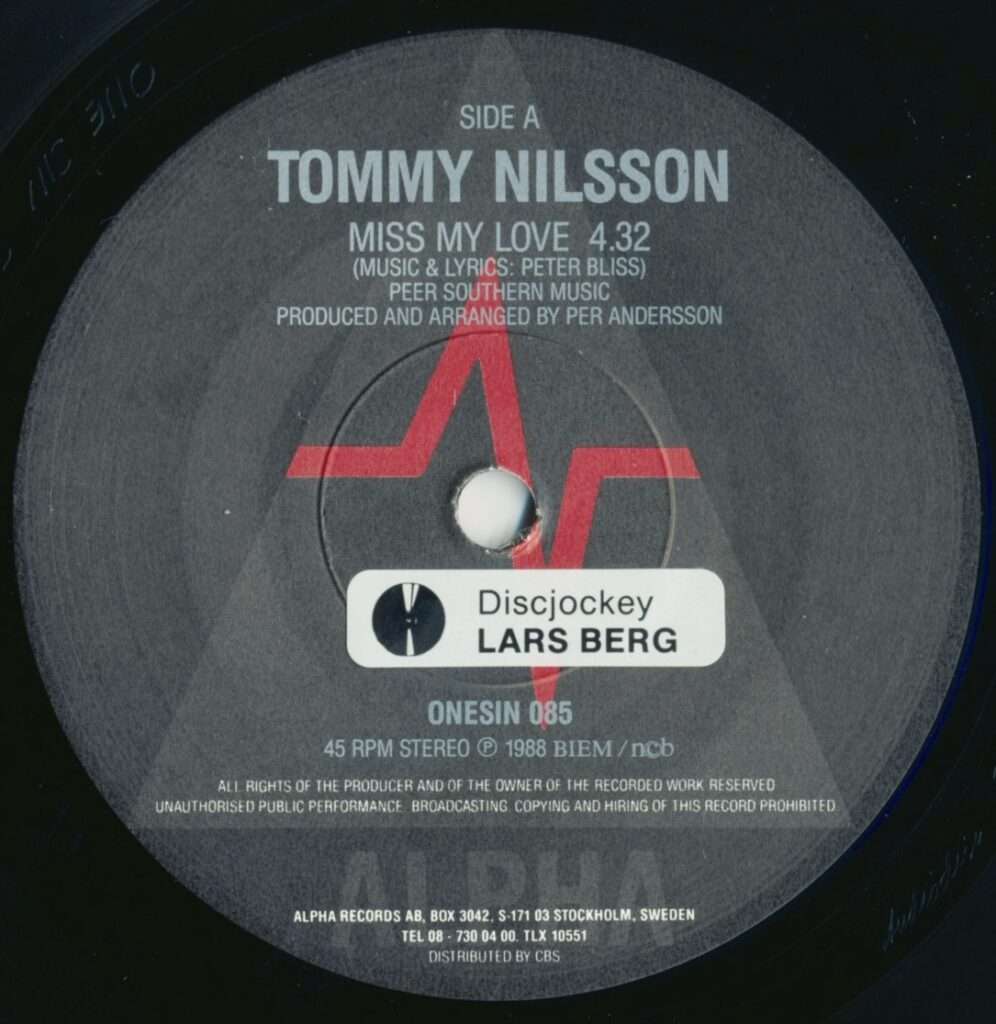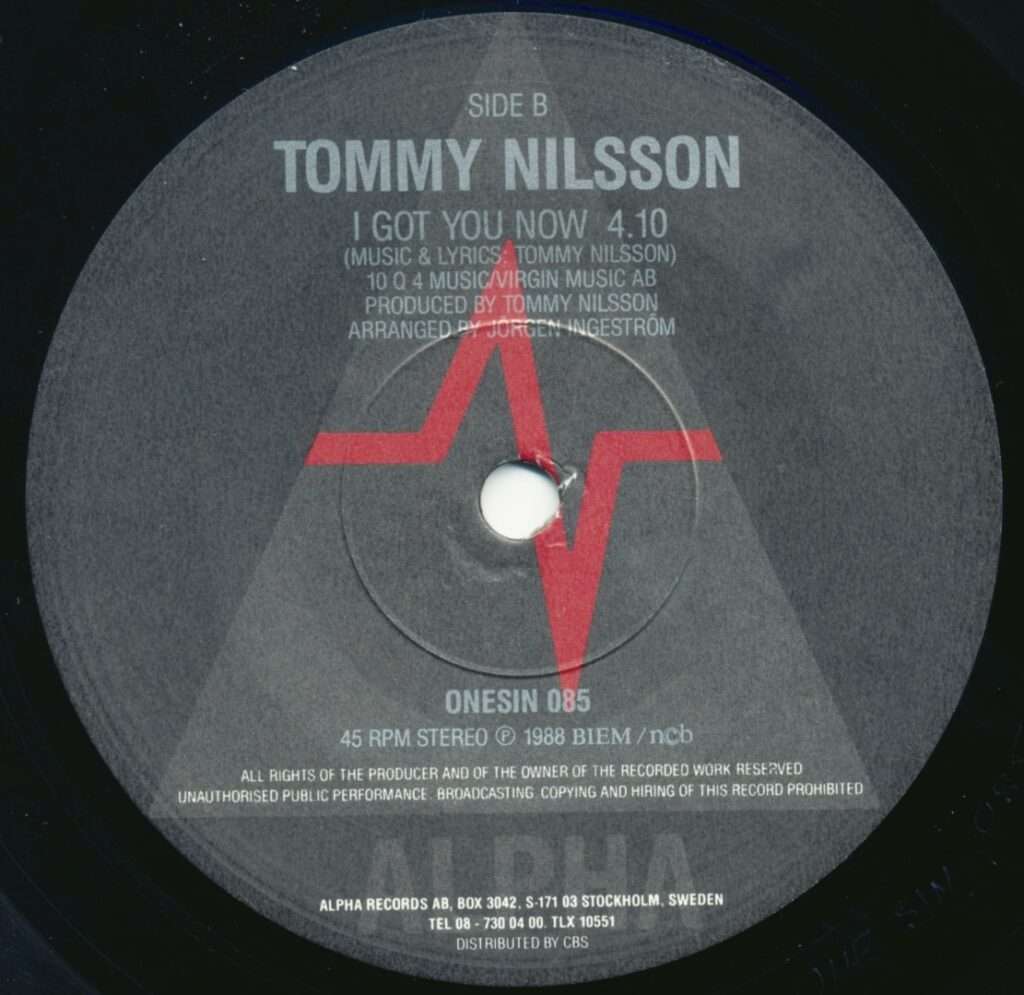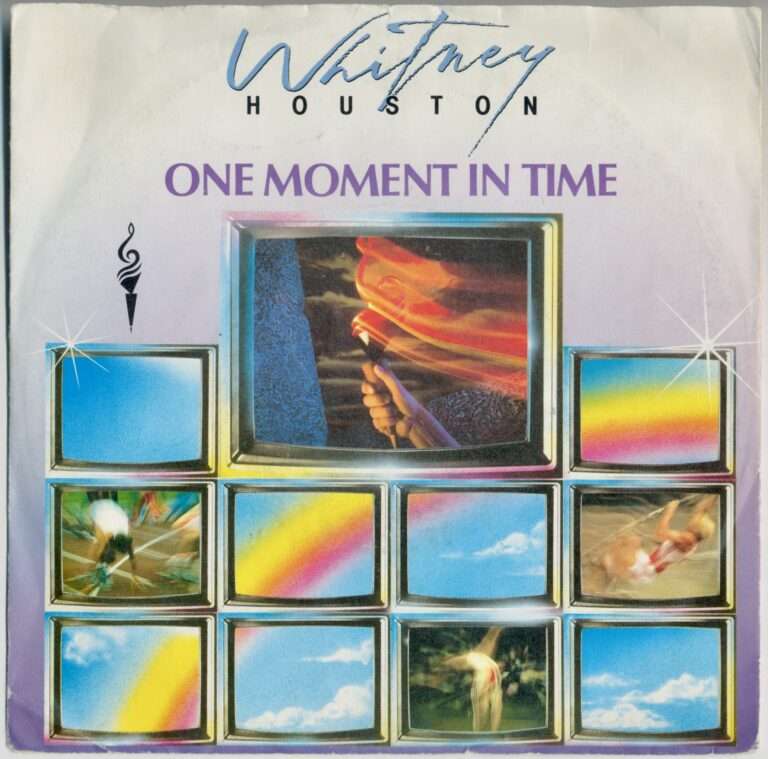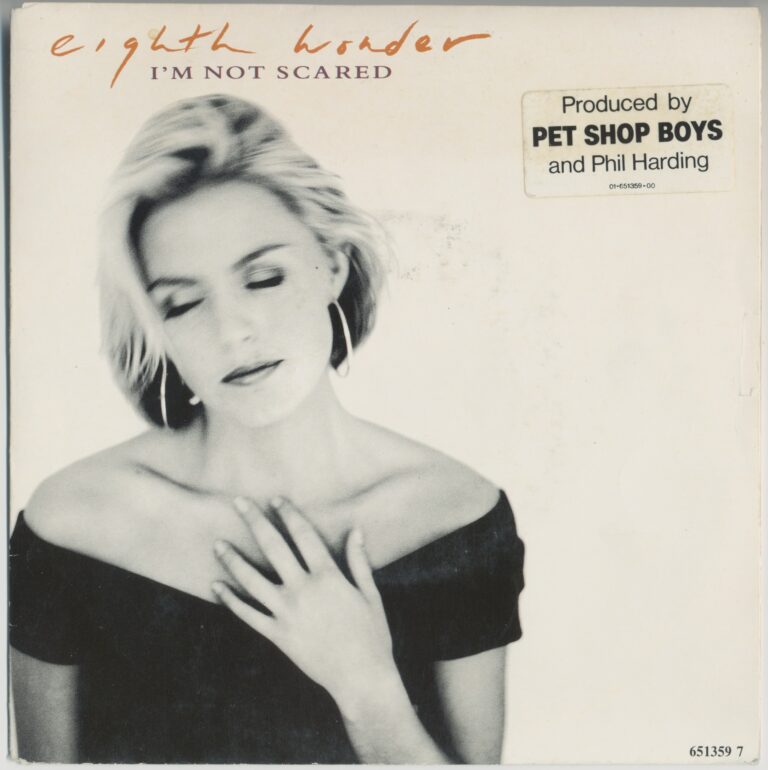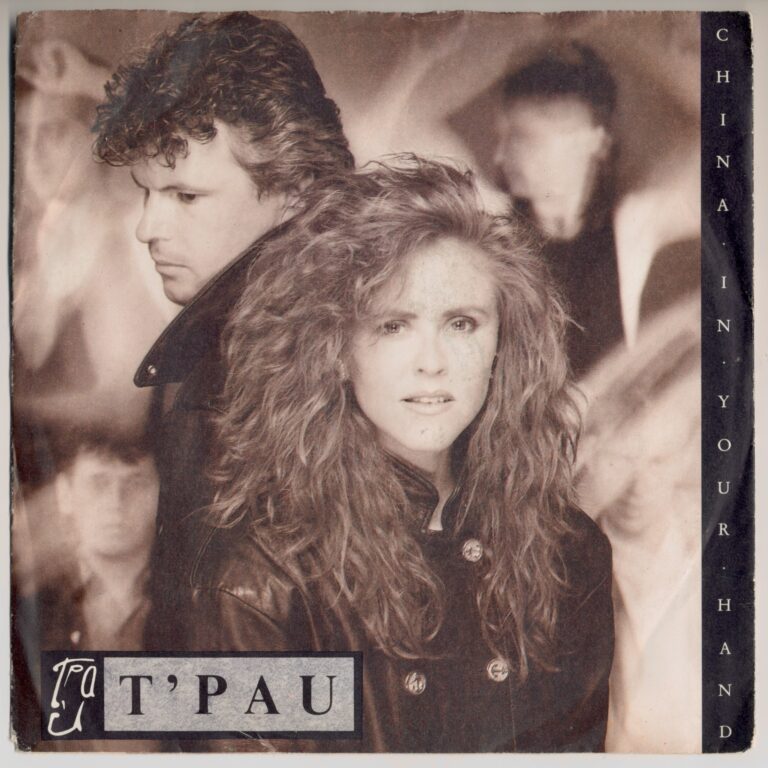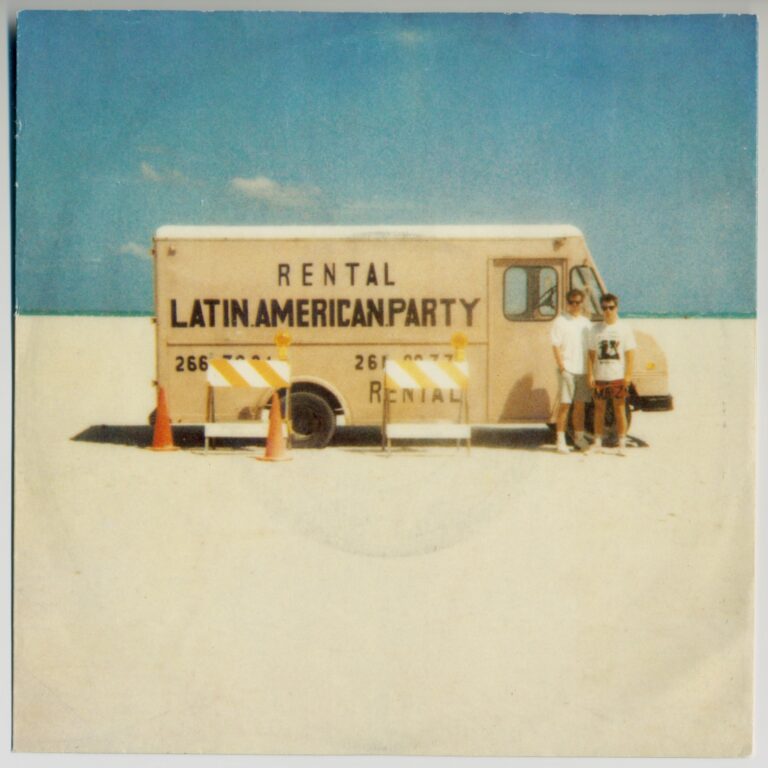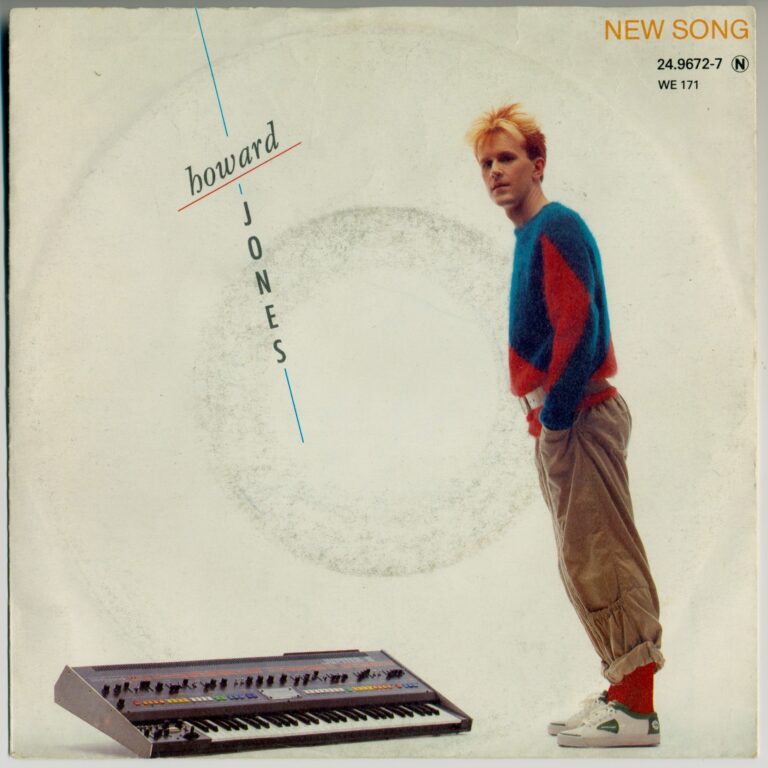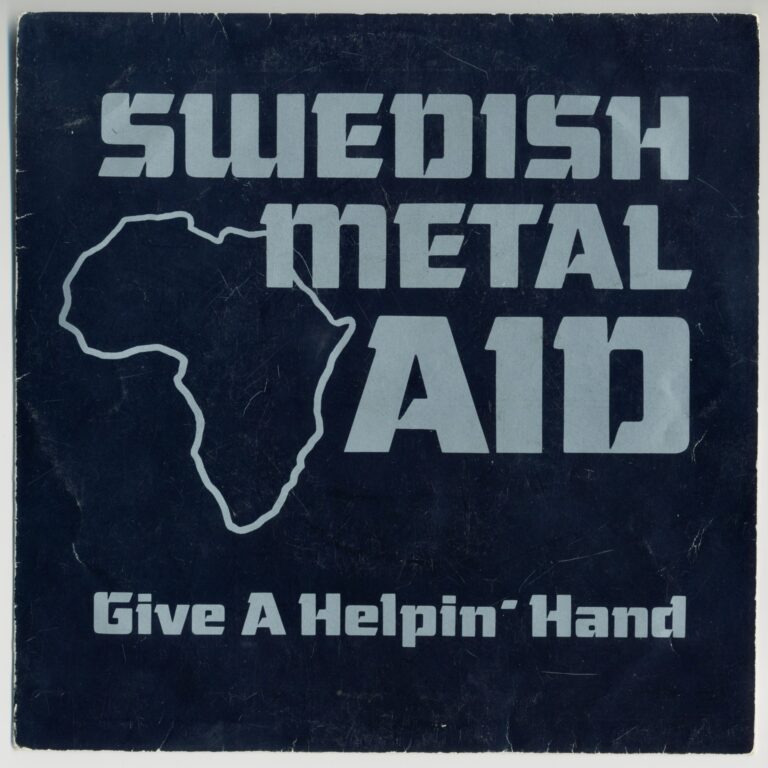Autumn of 1988 was crisp, the air already carrying the chill that signals winter’s approach in Sweden. But inside many homes, something warm, something aching, was playing on the radio. Tommy Nilsson wasn’t a stranger to the Swedish music scene; he’d already established a career that spanned rock and ballads. Yet, when “Miss My Love” arrived, it felt different.
The song’s power lay in its vulnerability. It wasn’t about the grand gesture; it was about the hollow feeling left behind when someone is gone. Nilsson’s career had been a journey of highs and lows. He started in heavy metal with the band Horizont in the late 1970s. His first solo album in 1981 found immense success in France, selling a million copies of the title track single. However, a subsequent rock album failed to sell well, prompting him to return to Sweden after years of travel and professional uncertainty. This song, then, was his sound of return, a successful re-entry into the Swedish spotlight after a period of international focus.
The music landscape of the late eighties was dynamic, with pop heavyweights like Roxette releasing Look Sharp! that same year. Nilsson’s style—characterized by a powerful, emotional voice and AOR influences—found a unique space alongside the synth-pop and other traditional pop forms of the day. For five weeks that year, “Miss My Love” circulated near the top of Trackslistan, the essential chart show, achieving a high of number 2; this was a cornerstone of his comeback. It proved his signature sound had a strong position in the vibrant Swedish market.
The track itself was a product of a sophisticated, transatlantic partnership. The song was written by Peter S. Bliss, a seasoned American songwriter. But the production was entrusted to Swedish producer and drummer Per Andersson. This fusion of American songwriting sensibilities with domestic Swedish production expertise created the sound that connected deeply with the local audience. A small but telling detail about the production is the mention of “Pelle Andersson” on the back cover and “Per Andersson” on the vinyl label; archival research confirms these are simply a common nickname and full name for the same person. The whole effort was a high-quality affair, recorded and mixed at Soundtrade Studios in Stockholm. The studio choice spoke volumes, being the same premier facility that had hosted icons like ABBA and recorded the vocals for Europe’s global hit “The Final Countdown”.
“If you leave me now, you’re gonna miss me / You’re gonna miss my love”
Oddly, for such a major national hit, the visual component seems to have been secondary. While the cover art, featuring a monochromatic, blue-tinted photo of Nilsson in a studded jacket, reflected the late-80s AOR aesthetic, the music video is elusive. Available online materials are inconclusive, with some sources explicitly stating the video is “unavailable”. The song’s success, therefore, appears to have been purely auditory, built on the strength of radio airplay and sales alone. The record label,
Alpha Records, which released the single, was itself tied to the era of vinyl, disappearing around 1993. Nilsson’s return single, which ended the year as number 41 on the Trackslistan year-end chart, remains a rich archival document. It’s a beautifully crafted ballad that successfully brought a wandering Swedish star back home.
My copy: 7″, 45 RPM, Sweden, 1988, Alpha Records
Trackslistan (Swedish radio chart): 5 weeks, peaked at #2, #41 on year-end list 1988

